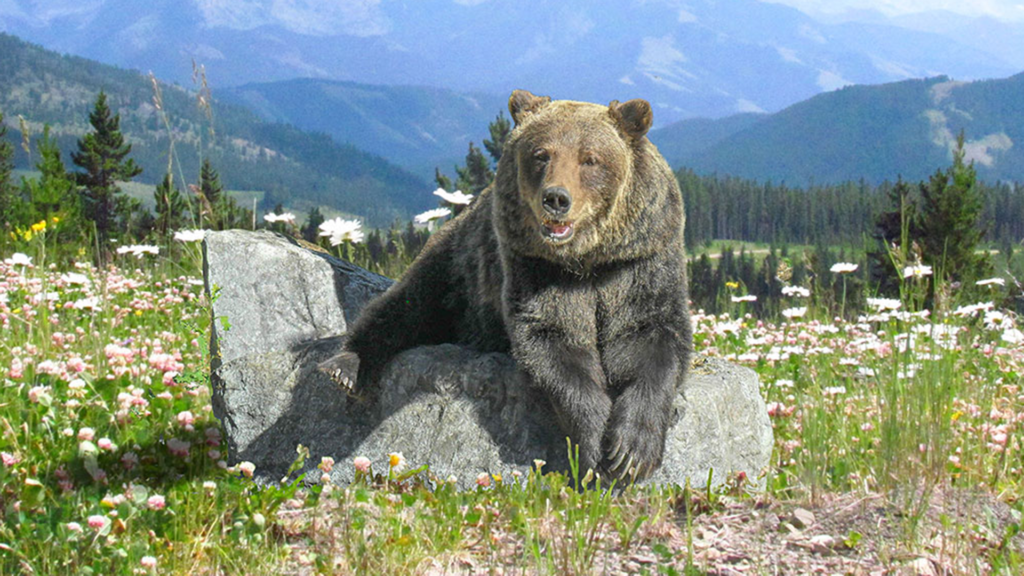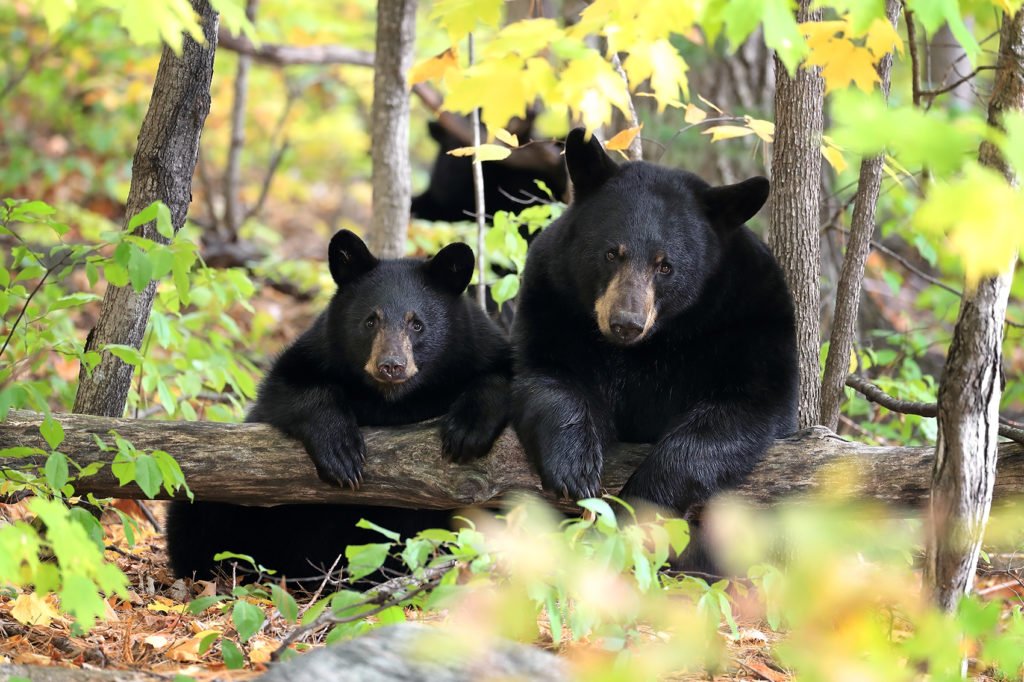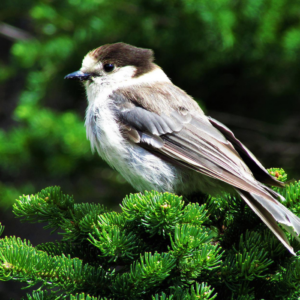The Bear Necessities: Why Our Forests Need Bears
What comes to mind when you think of bears? Many rural Canadians often think of them as intimidating nuisances that prowl our forests, mountains, and dumps. But bears play a vital role in our ecosystems.
Enriching forest soil
Bears are known for their love of fish, but did you know that dragging caught salmon through the forest helps soil? Animal carcasses enrich the soil and forest cover vegetation, adding the nitrogen required for healthy plant growth. These processes are so interconnected that scientists say you can actually use the health of a forest to gauge the health of the nearby river’s salmon run.

Seed dispersion
The help offered by bears continues after digestion. Following their meals, bears drop their scat in the forest, which is an effective means of disbursing seeds from the fruits and berries they eat. Bears, particularly brown and black bears that eat a lot of fruit and other vegetation, process the nutrients and digest the seeds, which re-enter the ecosystem in the form of scat. Bears are always on the move, and so too is their inadvertent planting project. Brown and black bears can disperse more than 200,000 seeds an hour per square kilometre!
Each pile of bear droppings contains an impressive concentration of seeds: one pile of scat collected in Rocky Mountain National Park in Colorado yielded 1,200 seedlings after it was replanted in a local greenhouse.

Ecosystem balance
Finally, bears keep populations of deer and moose in check. Like wolves and other carnivorous mammals, bears invoke fear among their prey, meaning animals like deer are always on the move.
This has two positive ecosystem implications: it prevents deer from leisurely grazing and overeating vegetation in a single spot and also upturns the soil when they run. Without bears and wolves, none of this would happen. For example, in Yellowstone Park, the extermination of wolf species had a number of negative effects on the ecosystem at large (wolves have since been reintroduced, and the ecosystem bounced back!).
Conclusion
Important as they are, Canada’s bear species face numerous threats, including loss of habitat, hunting, poaching, capture, and climate change. Expanding protected areas is the most effective way to ensure natural habitats can sustain populations and prevent population collapse.
Canada’s federal government has committed to protecting 30 percent of our land and ocean by 2030. As we inch closer to the deadline, it’s more imperative than ever that we keep decision-makers accountable. Sign up for regular campaign updates to stay tuned on how you can take action.



